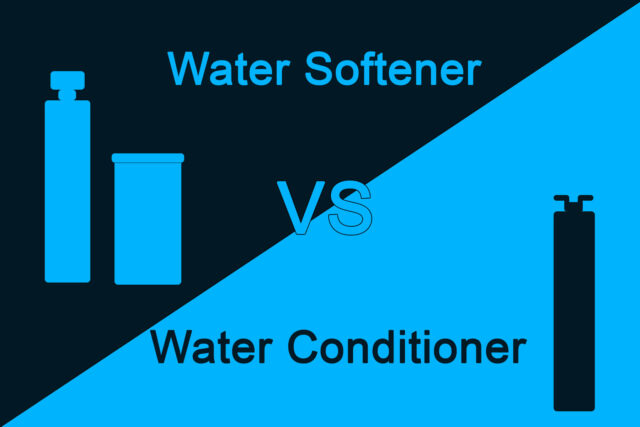
In a world where hard water is a huge concern, and there are multiple water treatment options available in the market, water conditioners and softeners have hit the peak of the market trend. However, the last thing you want to do is invest in the wrong system that can destroy consumption patterns and cause more harm than good. With heaps of adulterated and unreliable information flowing in and around the market, there are thick chances of opting for the wrong system that does not fit your needs.
Water conditioners and softeners are often used to treat the consequences of hard water, but is that all? How are they different, and how can you opt for the one most aligned with your water problems? In this article, you will be answered just that! Read on to understand the innate differences between a conditioner and a softener.
The Fundamentals
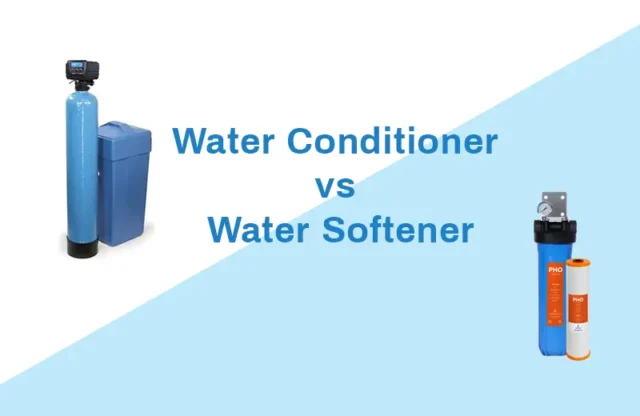
Starting from the absolute basics, a conditioner is essentially a system that associates itself with the consequences of the problems arising from calcium and magnesium in the fluid. A common misconception is that a conditioner that treats hard water, which has nothing to do with the hardness. It is a system that addresses issues arising from hard water.
Another misconception is that it is often considered a “salt-free” softener, which is far from the truth. A conditioner temporarily changes the innate chemical relationships with the hard particles while not providing a permanent solution for hardness. It reduces scaling and build-up for water-based devices like coolers, heaters, washing machines, and others. It blocks additional chlorine-based chemicals and, thus, is a more efficient choice than softeners.
It can be deduced from the name that softeners are responsible for softening hard water. It permanently reduces building up and scaling from appliances and is a much better option for healthier skin and hair. It also increases the efficiency of machines by decreasing the amount of soap and detergent. However, it is a less efficient choice for households that do not deal with high degrees of hard water or when the problems that come with it are not frequent or dangerous.
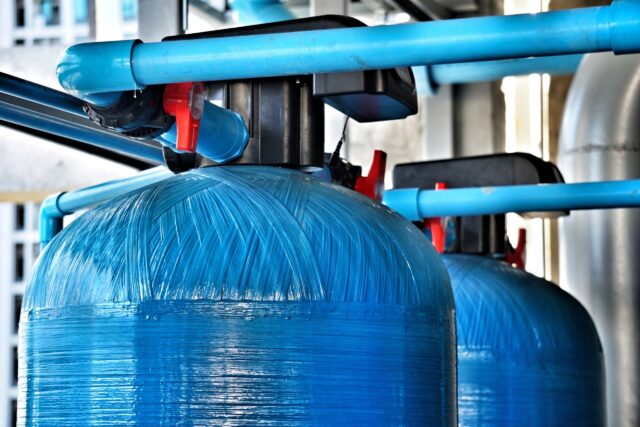
Professional water conditioning services can provide you with the right advice on the type of conditioner required for your household and also provide affordable installation and maintenance services fixed flexibly to align with your schedules. Contamination can arise for multiple reasons, and partnering with the right services can provide you with a free analysis to review the risks and requirements of systems and the possible assistance required.
A team of trained professionals can help you optimize purification using the right plumbing tools, source, and space requirements. Every house is unique, and they can help you assess the volume, pressure, and flow rates that can be used to meet your family’s requirements. Moreover, the plumbers are trained professionals that are fully licensed and insured, so you avail nothing less than quality workmanship. They also provide reliable reviews and testing periodically.
Working & Mechanism
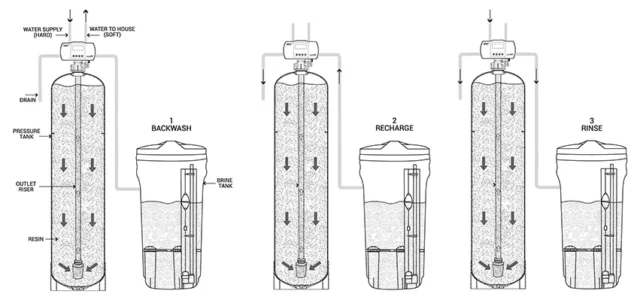
Another factor in which they differ majorly is their mechanism. Softeners work on the principles of ion exchange and, thus, are more capable of eradicating hardness particles like limestone, calcium, and magnesium from fluids. It is made with softening resins, attracting these particles upon exposure to hard water. Once the fluid enters the resin bed, the softening resins remove the particles and provide soft water. It is easy to see that the maintenance requirements in this system are extremely high, for a particle- and mineral-filled resin bed can no longer soften the fluid. They need to be periodically regenerated.
The process of regeneration is also different between the two systems. Regenerating the softening system required brine solutions. The resin bed is thoroughly cleaned through saltwater from the brine tank, which is extremely salty. The saltwater cleanses the bed from the resins in the regeneration process, thus regenerating the bed to attract particles. The saltwater is flushed in the drainage system.
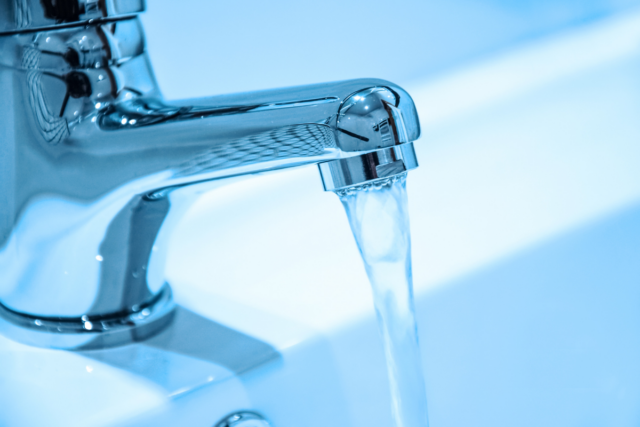
A conditioner, as in the name, “conditions” the fluid. This means that it is essentially a system that changes the innate chemistry of the particles for a temporary amount of time. Their mechanisms and technology used can vary with different types of conditioners. They remove unwanted particles that affect the taste, color, or odor due to the presence of chlorine, chloramines, lead, and other VOCs and organic gasses. A brief account of its mechanism is given below:
- Electrical conditioners: It uses a form of precipitation derived from electricity and currents. Such electric precipitation enables hardness particles and compounds to form a layer on the electrodes, which demands perioding cleaning. Certain advanced models reduce such cleaning requirements by forming a layer on the heating element, easily cleaned through fast-flowing liquid.
- Electrochemical treatment systems: Such conditioners are closer to softeners because they remove minerals and contaminants by passing electrical currents. This method is also known as continuous electrolytic deionization due to the capacitive deionization and ion exchange, which is also the fundamental principle used in softeners. By exposing hard water to the cathode, the hardness particles (cations) are attracted to the electrode, which is periodically cleaned.
- Template-assisted crystallization: This conditioning is based on converting hardness particles to crystals virtually resistant to scaling and harmless. It uses a resin bed that is treated on the surface. Upon exposure to this bed, the ions are converted into microscopic crystals through polymeric fluidization. Once the polymers are fluidized, they are released back into the water and do not form scales.
- Magnetic treatment: As in the name, it deals with electromagnetic principles for the treatment process. Certain laws restrict its usage for treating it due to its negative consequences and controversy regarding its effectiveness. The hardness ions are converted upon exposure to magnetic fields into residues resistant to forming scales on the appliances and plumbing fixtures. It is unproven for effectiveness.
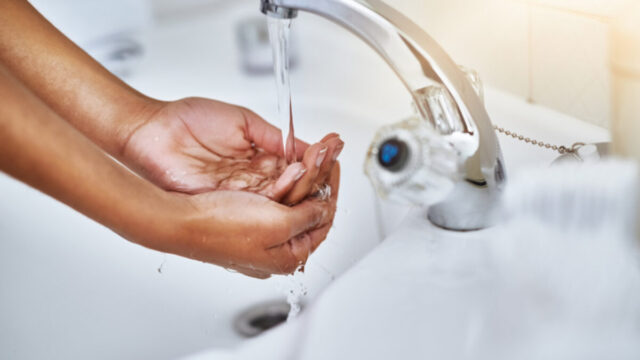
Conclusion
And that marks the end of the differences you need to know between what a softener and a conditioner do to your water. Softeners and conditioners are the tips of the iceberg for the best treatment systems in your home. While their functions seem to be twinning, they produce different results and functions worth understanding—knowing what treatment system to use can be a daunting and overwhelming task and requires much research on your water requirements, sources, and other crucial factors. Partnering with the right plumbing service can help you analyze your applications and evaluate your water source to determine the perfectly designed system for your needs. They can test hardness, pH levels, TDS, clarity, iron levels, etc.












